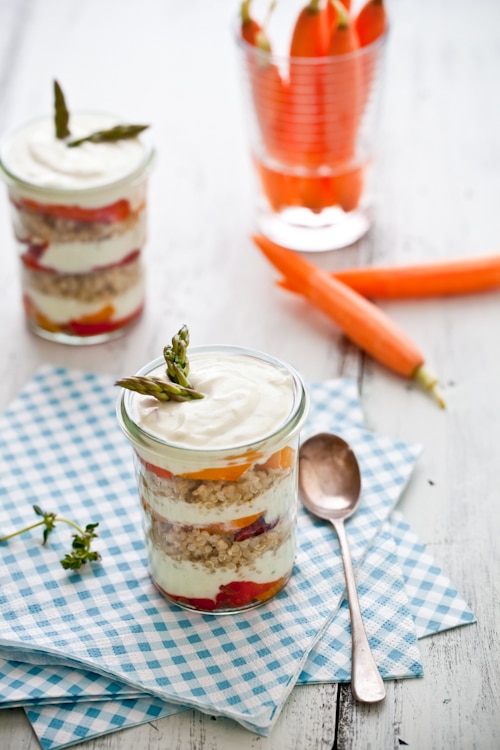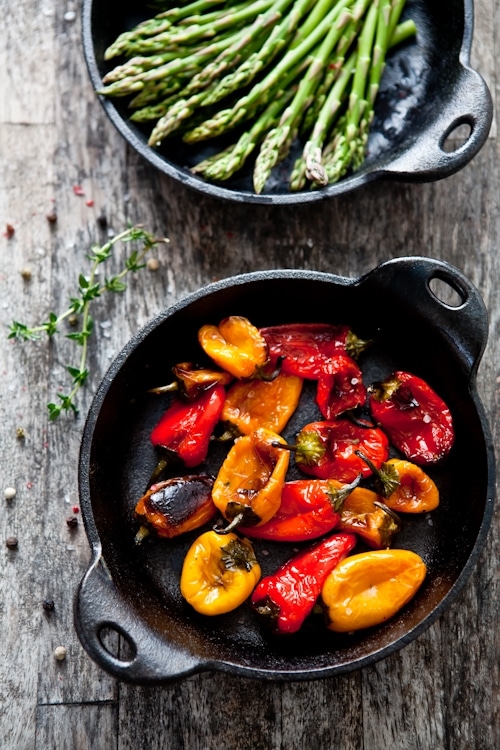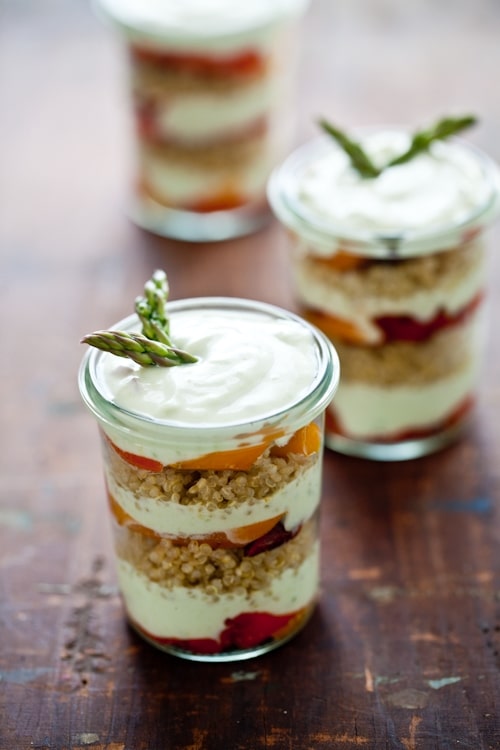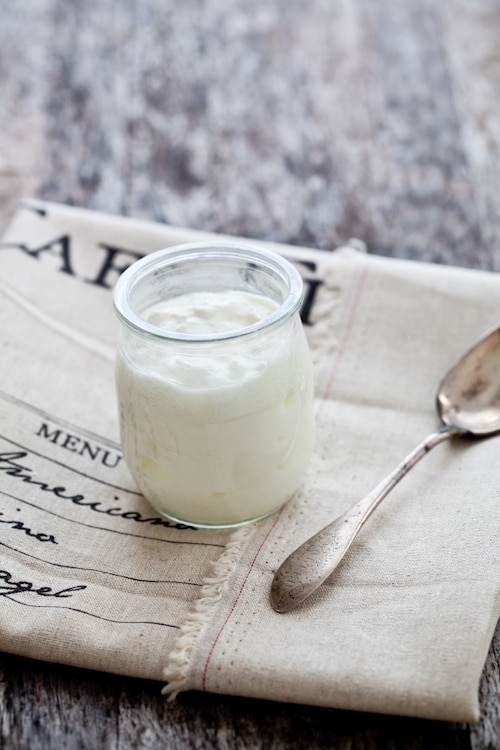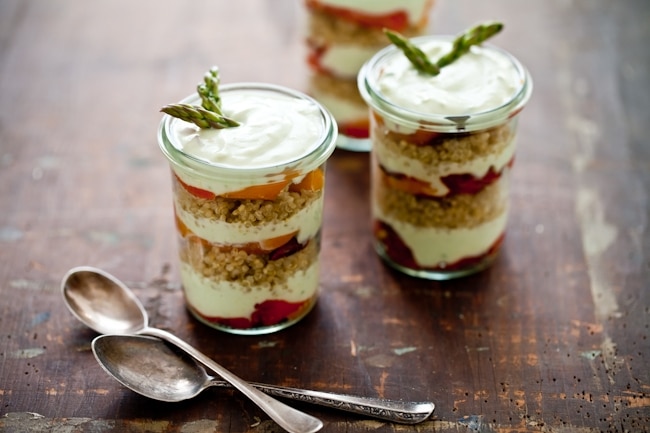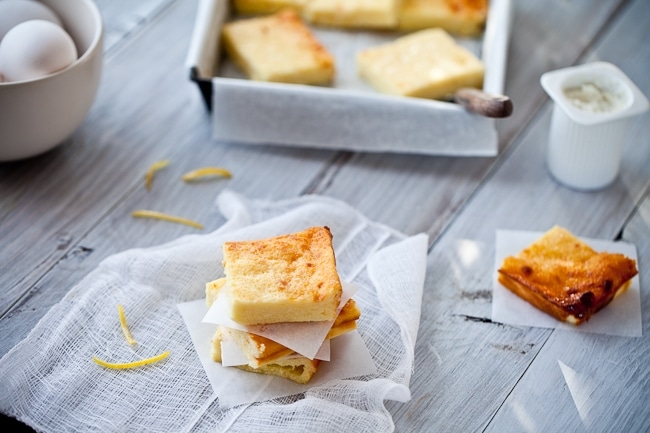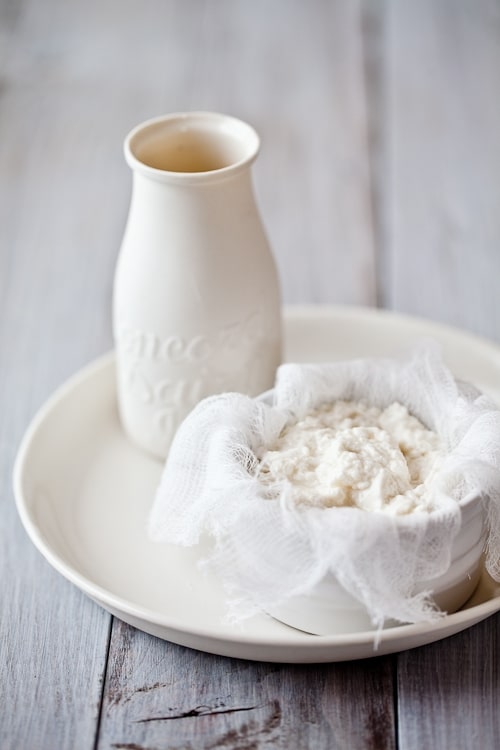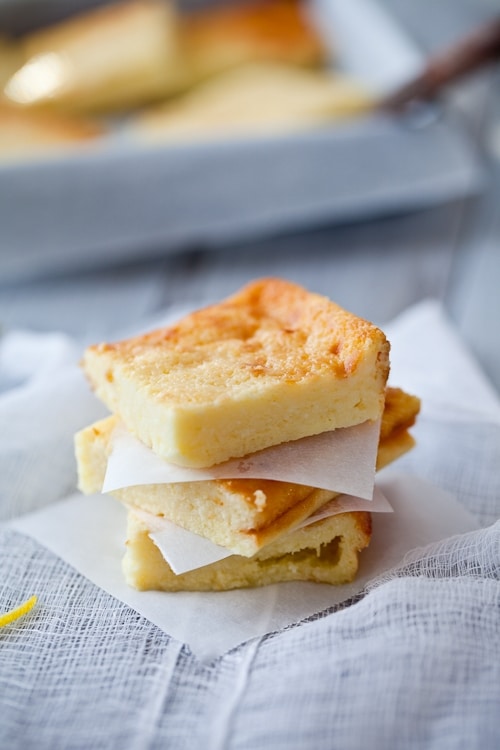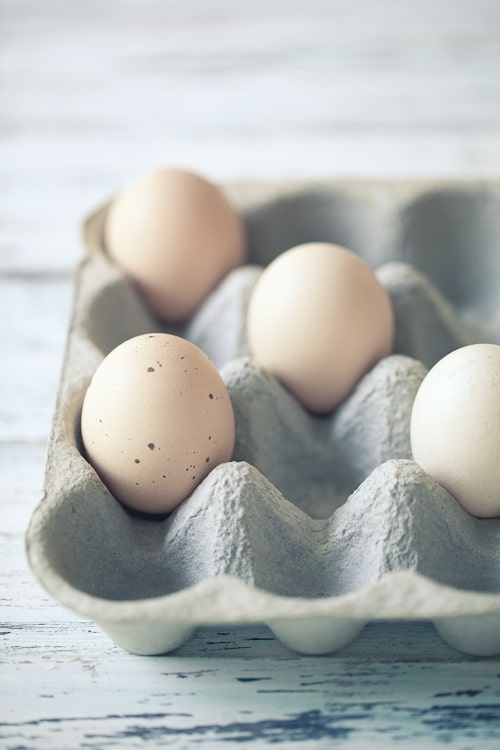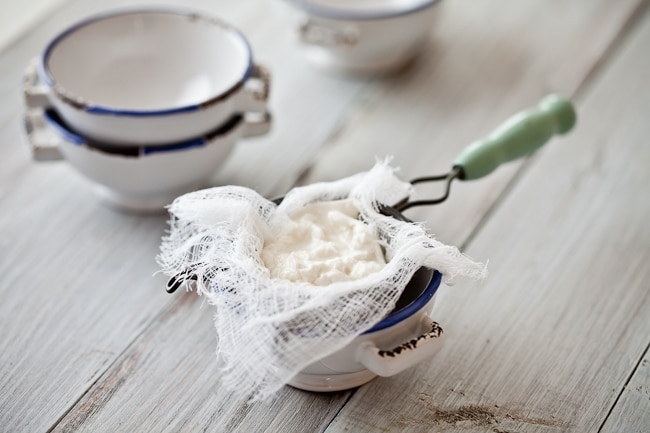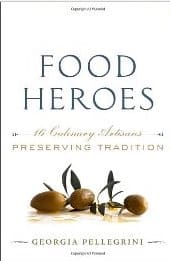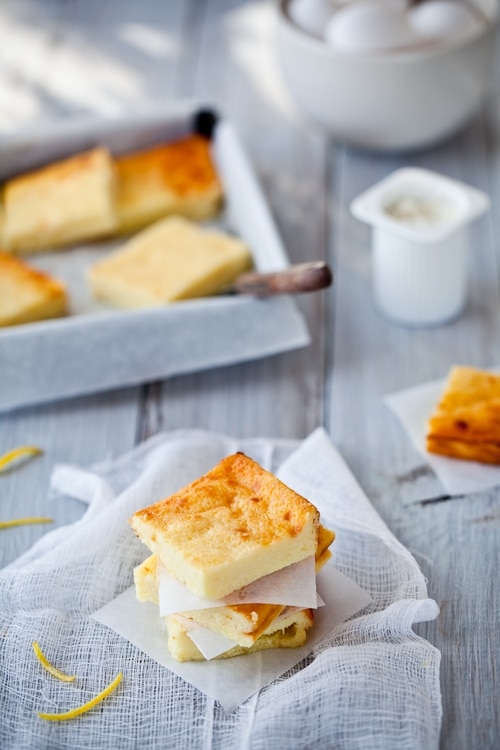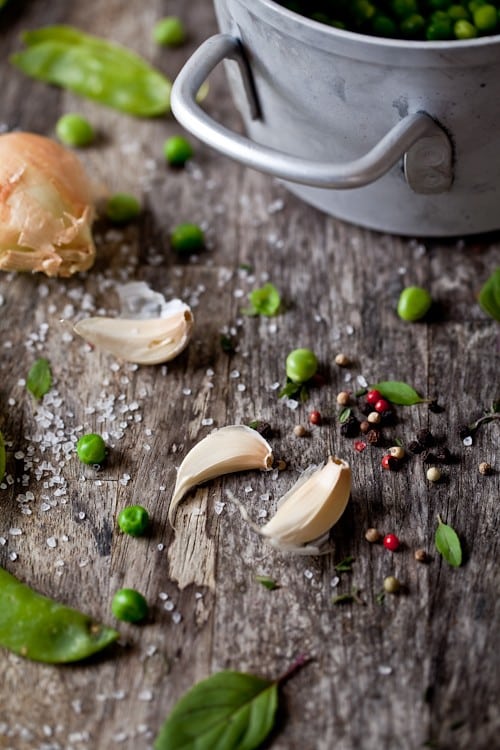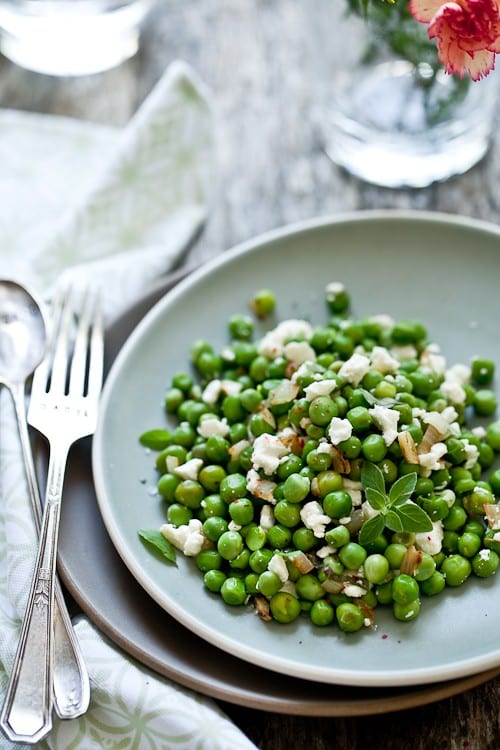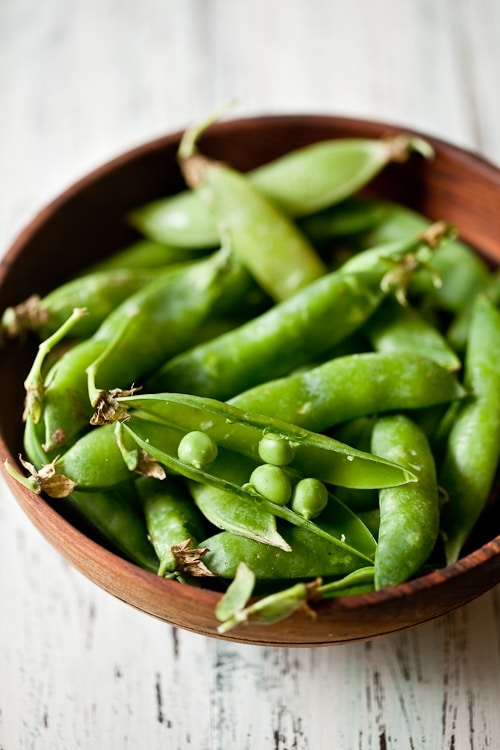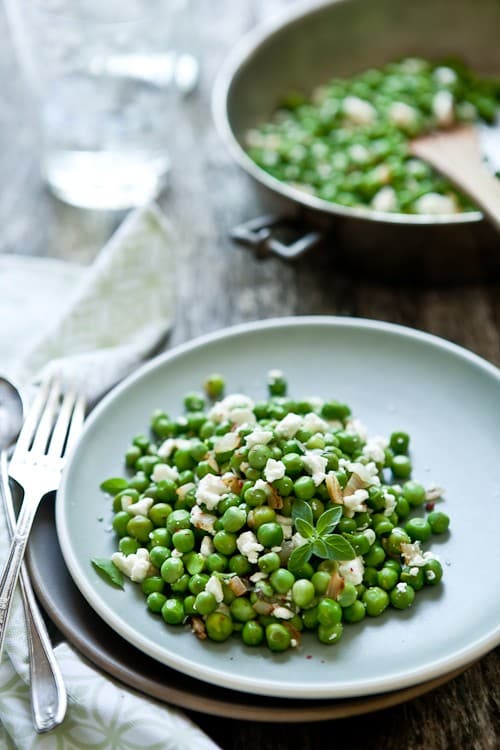Living with food allergies sucks. Living with food intolerances also sucks. Don’t ask me which one is less sucky. It all depends on the person and how they see the sun shine when they get up. I can only talk about personal experiences and of those around me.
Lauren at Celiac Teen for example is allergic to gluten. I am gluten intolerant. While she will get really strong physical reactions within hours, mine will build over days. Hers will manifest after one speck of gluten ingested by taking her digestive track for a spin, making her brain as cottony as the pillow she’ll use to sleep it off. It will take several days of glutenized meals for me to get vertigo, tinnitus, aura fullness where I’ll have to lie down and hope it stops soon so I can get back to work again.
Instant. Over days. Stomach. Ears. Brain fogged up. Lying down. It just sucks. And as far as I can tell, we’re not wearing a line on our foreheads that reads "gluten can’t pass these lips." We just deal with it. So when my friends, family or anyone coming to eat at my table says "I am allergic to this or that." I don’t question. I accommodate.
I get terribly aggravated when I have to explain I am gluten intolerant and can’t have "regular" flour and I can tell the first thought in some people’s mind is "here’s another low card fad freak." Ugh no. I can have carbs. I can have truckloads of carbs. I can swim in carbs if I wanted to. They just should not contain gluten. That kind of thoughtless reaction bugs the heck out of me. If I were to say "I am allergic to dairy" I’d probably get a sympathetic "Oh you poor thing!". How can they tell that I am not using that as an excuse to avoid calorie ladden ice creams sundaes (just an example. I love sundaes. There)
Somehow, some people make these kinds of decisions in their mind about what is an ok allergy and what just looks like a fad. That’s sad. And wrong. It can create a whole lot of discomfort for someone you don’t know and who places a part of humanity upon you. Trust. I was raised by a father who used to say "if someone says they don’t like this, don’t ask them why. Don’t put them on the spot and don’t make them feel uncomfortable. Trust that they know what they need."
When Flo Makanai sent me a copy of her book "Les Intolerances Alimentaires", it took on a whole level of compassion with me. Flo’s daughters have a lot of different food allergies they must deal with on a daily basis. And in France no less where allergy awareness is still in baby steps. Flo’s book is the best thing that could happen to keep on educating people on food allergies and intolerances. I love my peeps but when I hear things "oh yes, the grilled veggies with camembert sandwich is dairy free." I just get very, very worried.
I truly feel for her young daughters going through trial and error of finding what they can and cannot eat. No to mention the reactions from others at times must be hard to bear for such young souls. I love how fierce a fighter Flo is for her daughters. I am not a mom but I know that’s what mothers do. I know I would not let go until I’d see my daughter smile again.
Flo did it. She then wrote it all down in such a detailed and simple, precise and researched way that I can’t recommend her book strongly enough to anyone who reads/speak French. I know, here I am recommending a book in another language that only some of you will be able to read. For those who can’t read or understand French as well (or at all), I only hope I was able to transmit the notion that food allergies are real, and we should keep on getting educated about them. In whatever language you speak.
When friends came over for dinner, one of them gave me a call the day before saying that he was bringing a guest who was allergic to cow’s milk. Dairy was ok. Just not from a cow. No problem I was wasn’t planning on serving any dairy….oh wait! Duh! I was. One of the dishes I wanted to do, (inspired by Flo’s quinoa and green lentil dish, was a verrine of layered quinoa, roasted peppers and avocado cream and it did contain yogurt. Zut alors! (yikes!) That was by far the easiest allergen orientated change one could have to make. I used goat’s milk yogurt instead.
I know some people who because they don’t think these things are "real" would have said, "oh well, the recipe calls for just 1/4 cup. That’s nothing! That can’t possibly hurt her." Yes it can. It will. Changing a recipe to help someone enjoy the evening and the hours afterwards can be a learning curve but it can also lead to very tasty discoveries in the kitchen. It sure did for me in this recipe. The goat’s milk yogurt gave more of a cheesy creamy bite than cow’s milk yogurt did in previous occasions. I don’t think I’ll change the recipe again after this, actually!
Hope you enjoy this as a refreshing appetizer or light side dish. Everyone at our table was able to partake. That’s what matters.
Quinoa, Mixed Peppers and Avocado Cream Verrines:
Makes 6 to 8
For the quinoa:
1 cup raw quinoa
1.5 cups water
pinch of salt
For the mixed peppers:
1/2 red pepper
1/2 yellow pepper
or one 10 oz box of mixed baby peppers
olive oil
salt and pepper
For the avocado cream:
1/2 avocado
juice of half a lime
1 tablespoon finely chopped cilantro
1 green onion, finely chopped (or 1 tablespoon red onion, chopped)
1/4 cup yogurt (your choice)
Prepare the quinos:
In a medium saucepan, combine the quinoa, water and salt and bring to a boil over high heat. Reduce the heat to a simmer and cook 15 to 20 minutes until the quinoa feels tender. Remove from the heat and let cool to room temperature.
For the mixed peppers:
preheat the oven to 400F. Place the peppers on a baking sheet and drizzle with a splash of olive oil. Season with salt and pepper and roast until the peppers start to blister (20 minutes). Remove from the oven and let cool to room temperature. Cut the peppers in half, remove the seeds and set the peppers aside.
For the avocado cream:
In a large non reactive bowl, mash the avocado with the rest of the ingredients until smooth with the back of a fork or a potato masher.
Start layering the verrine with some a layer of peppers, a layer of avocado cream, a layer of quinoa, repeat once or twice depending on the size of your glasses and finish with some of the cream on top. Add a couple of blanched asparagus tips if desired for garnish.
